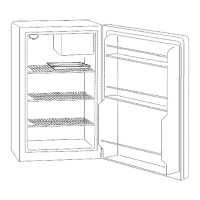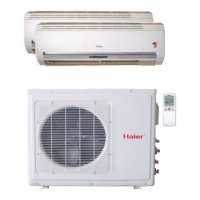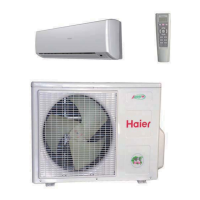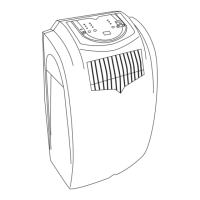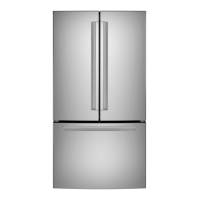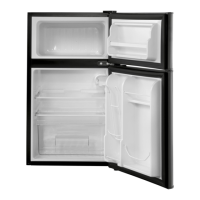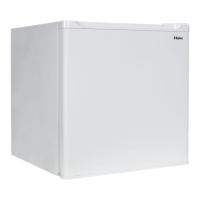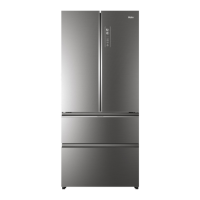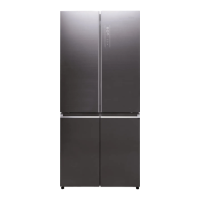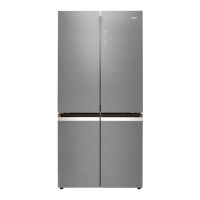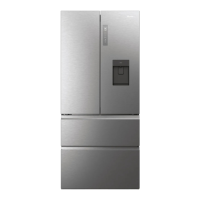15
7 My Zone drawers: MyZone slider supports Zero
Fresh, Quick Cool, Fruits & Veg
Tips on storing fresh food
Storage in the refrigerator compartment
► Keep your fridge temperature below 5°C.
► Hot food must be cooled to room temperature before storing in the appliance.
► Food should be washed and dried before storing in the refrigerator.
► Food should be properly sealed before storage to prevent alteration of odour or taste.
► Do not store excessive quantities of food. Leave spaces between foods to allow cold air to flow
around them for better and more homogeneous cooling.
► Foods eaten daily should be stored at the front of the shelf.
► Leave a gap between foods and the inner walls to allow air to flow. Be sure not to store food
against the rear wall: food could freeze against the rear wall. Avoid direct contact of food
(especially oily or acidic food) with the inner lining as oils and acids can erode the inner lining.
Clean away oily and acidic substances whenever found.
► Defrost frozen food in the refrigerator storage compartment. This way, you can use the frozen
food to lower the temperature in the compartment and save energy.
► Ripening of fruit and vegetables such as courgettes, melons, papaya, banana, pineapple, etc. can be
accelerated in the refrigerator, and so it is not advisable to store these foods in the refrigerator.
Ripening of very green fruit can, however, be accomplished for a certain period of time. Onions, garlic,
ginger and other root vegetables should also be stored at room temperature.
► Unpleasant odours inside the fridge are a sign that something has spilled and cleaning is
required. See CARE AND CLEANING.
► Different foods should be placed in different areas, according to their properties:
Notice
► Please maintain a distance of more than 10 mm between food and air ducts or sensors to
ensure the cooling effect.
1 Butter, cheese, etc.
2 Eggs, cans, canned food, spices, etc.
3 Drinks and bottled foods.
4 Pickled foods, canned food, etc.
5 Meat products, snack foods, pasta, canned food, milk,
tofu, dairy etc.
6 Cooked meat, sausages, etc.
8 Humidity Zone drawers: Fruit, vegetables, salad, etc.
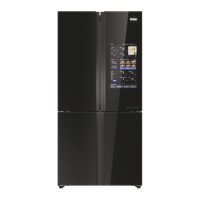
